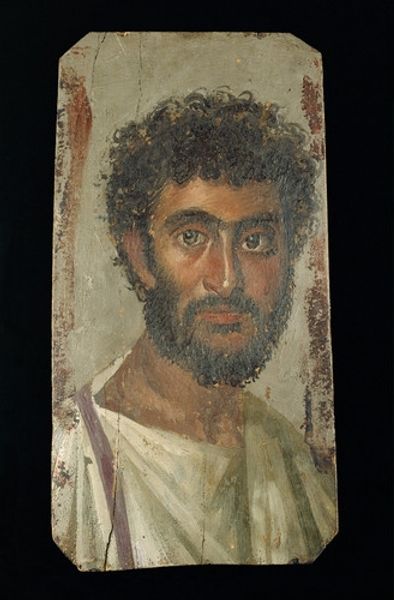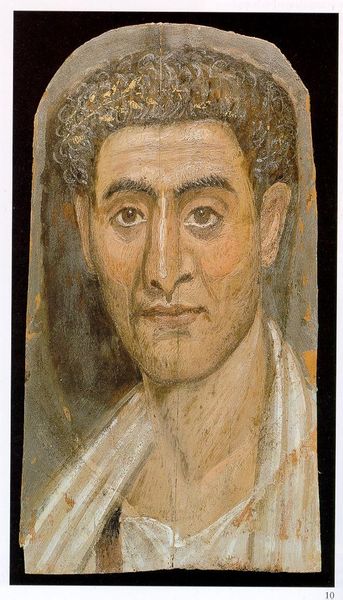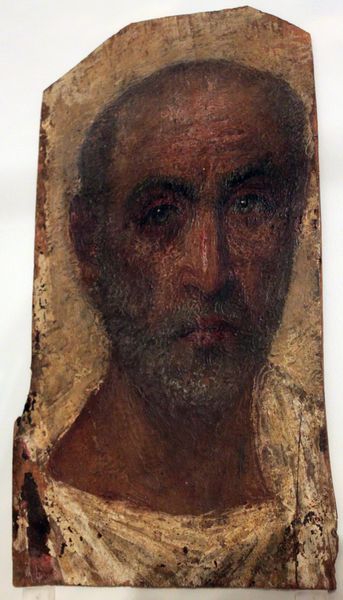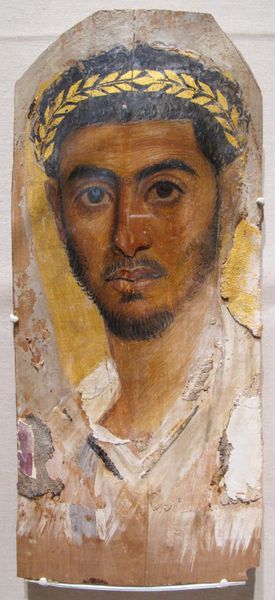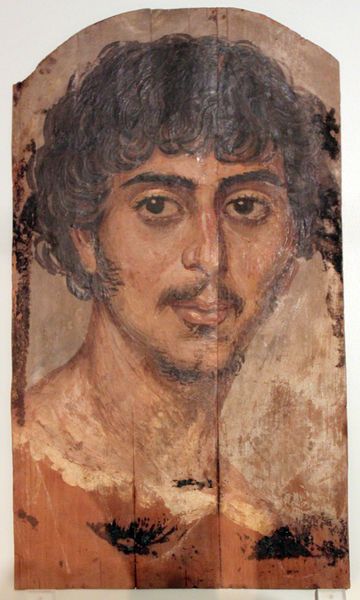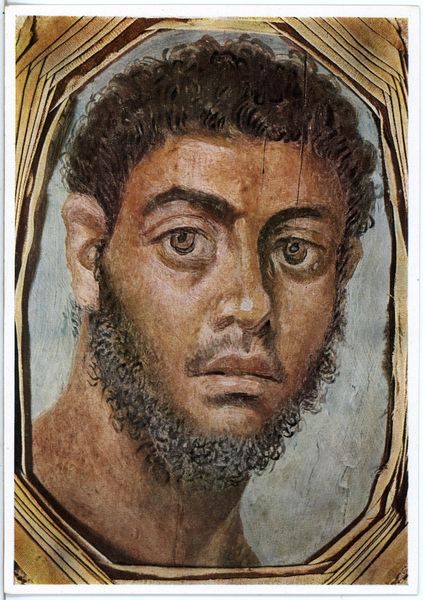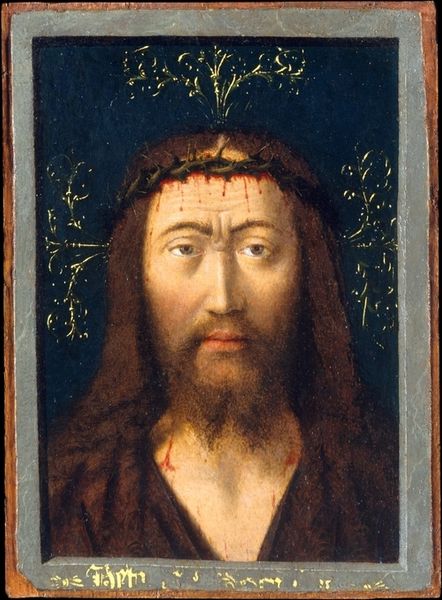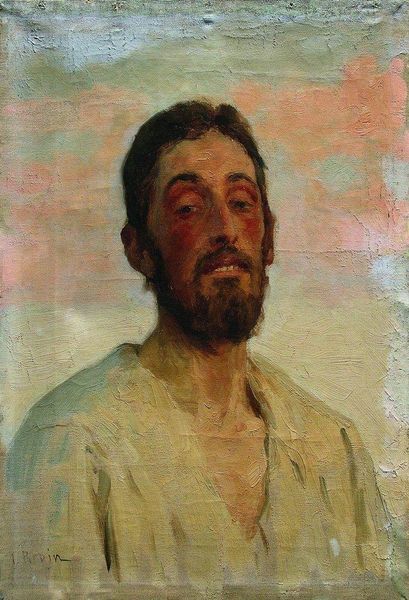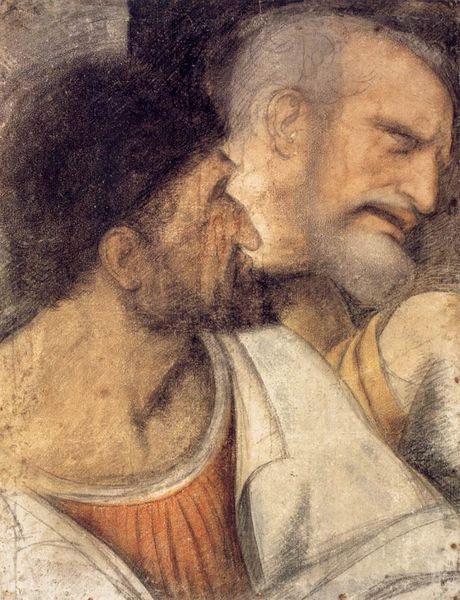
painting, oil-paint
#
portrait
#
head
#
painting
#
oil-paint
#
ancient-egyptian-art
#
oil painting
#
ancient-mediterranean
#
portrait art
#
realism
Copyright: Public domain
These portraits, made in Roman Egypt between the 1st and 3rd centuries AD, offer us a glimpse into a complex cultural synthesis. Created with encaustic or tempera on wood panels, they were attached to mummies of wealthy individuals. What strikes me most is the tension between the Roman and Egyptian worlds. These portraits blend Egyptian funerary traditions with Roman artistic styles. You see Roman realism in the depiction of individualized features, yet the purpose is deeply rooted in Egyptian beliefs about the afterlife. How did the subjects of these portraits perceive themselves? As Egyptians? As Romans? Or something in-between? These portraits are a testament to the fluidity of identity in the ancient world, and remind us that cultural identity is always a negotiation between self-perception and external forces.
Comments
No comments
Be the first to comment and join the conversation on the ultimate creative platform.


